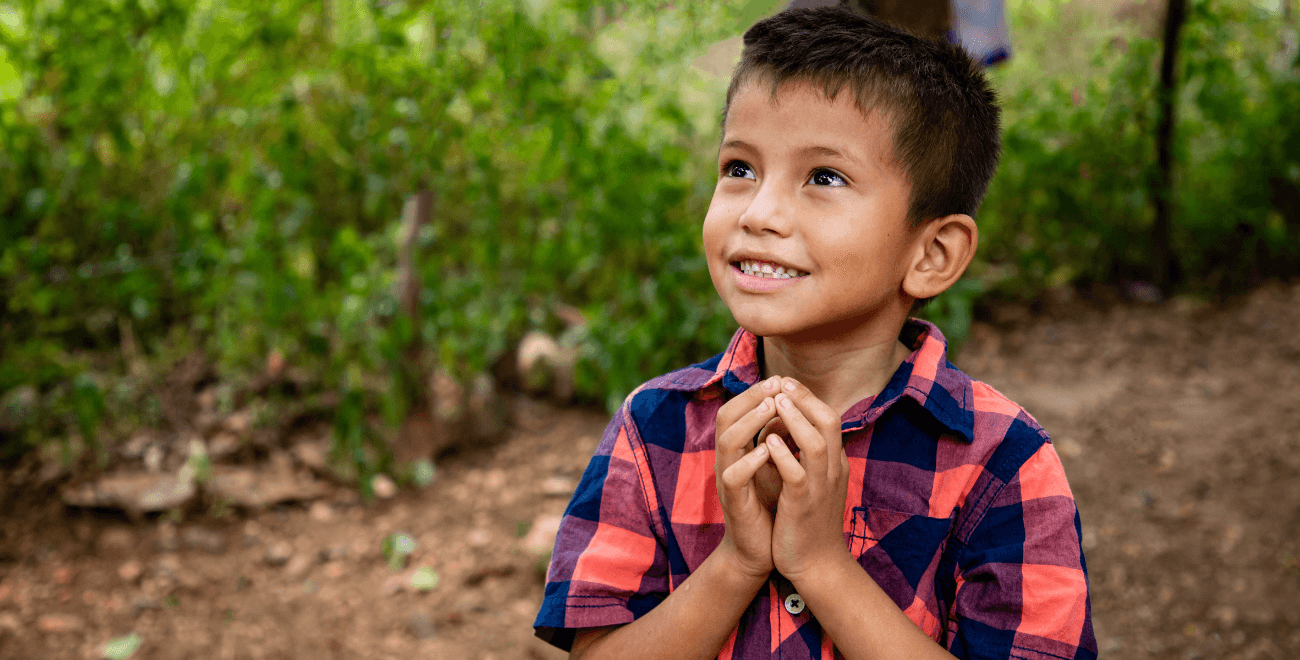5 Reasons Why COVID-19 will Impact Those in Poverty the Hardest
During a pandemic like COVID-19, the poor are disproportionately affected and among the most vulnerable.
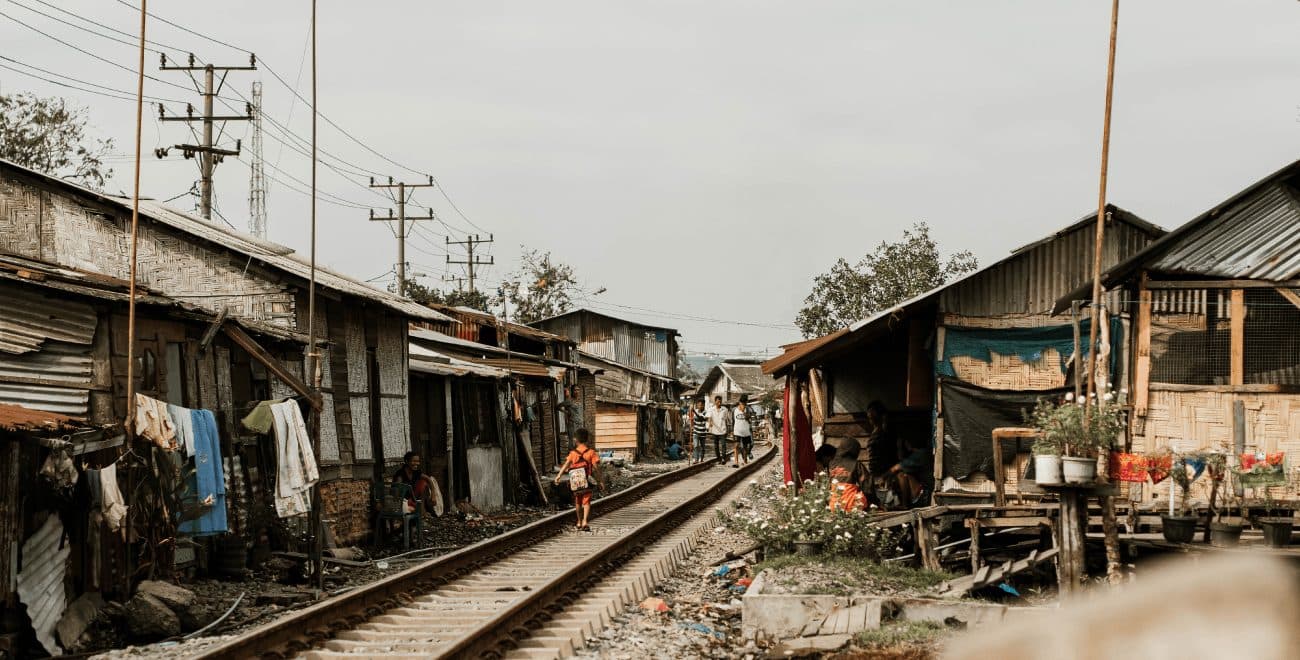
For the children and their families living in poverty, social distancing and access to medical care can be difficult and sometimes impossible. This means that during a pandemic like COVID-19, those living in poverty contexts are disproportionately affected and among the most vulnerable.
With more than 200 countries affected and more than two million confirmed cases at the time of writing, COVID-19 is officially a pandemic, according to the World Health Organisation.
Pandemics are diseases that have spread across multiple continents, and although the current headlines are saturated with coronavirus-related news, COVID-19 is not the first or only pandemic to affect the world.
In the last 100 years, pandemics like influenza, cholera and HIV/AIDS have ravaged humanity. With each pandemic, people living in poverty are among the most vulnerable and at risk of harm.
Infectious diseases can be transmitted to all people regardless of their income levels and ethnicity, but people living in poverty are overexposed and unevenly impacted by the many social, economic and physical consequences of a pandemic.
With overexposure to risk, limited access to healthcare, loss of earnings, and uneven impacts on women and children, here are five ways pandemics affect the poor.
1. Those living in poverty contexts are overexposed to risk
For the majority of us, social distancing measures have added some inconvenience and friction to our everyday lives, but many in communities experiencing poverty don’t have a secure place to ‘stay home’.
For millions of people living in dilapidated conditions and slum communities, social distancing is practically unattainable and ‘staying home’ is just as risky as a public gathering.
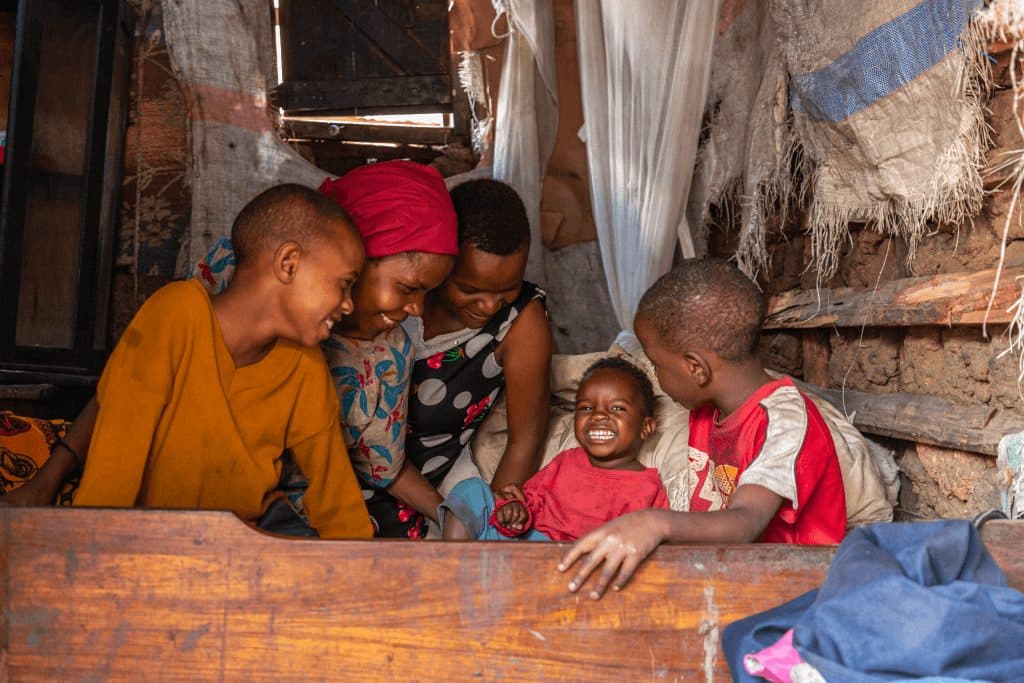
Research shows people living in lower socioeconomic levels are more likely to catch an infectious disease. During the influenza pandemic, poverty and inequality in wealth and living standards were key factors that exacerbated transmission and mortality rates.
Bathati and her family live in a tiny mud house in the in the slums of Arusha, Tanzania. The roof is covered with a plastic sheet that hides the holes and keeps the elements out. Their house is a single room with a bed which Bathati shares with her husband and their three children. Apart from a small cupboard, no other furniture will fit inside. Cooking and washing are all done in communal spaces.
When you imagine living in these conditions it’s no wonder that diseases are easily transmitted in areas of poverty, where, like Bathati, people share small spaces with multiple people, or live in congested communities. During the initial spread of Ebola, people living in slums and shanty towns in Liberia were infected at a rate more than three times that of people living in affluent areas.
People living in poverty also face additional challenges such as accessing clean water and maintaining adequate hygiene. Vulnerable communities lack consistent access to clean water and, with not enough water to go around, hand washing can be seen as an excessive use of water. During a pandemic like COVID-19, frequent hand washing is an effective strategy to reduce the spread of harmful diseases but without access to sanitation and disinfectant products, children and their families are ultimately exposed to diseases.
For Dorcas, a mum living in Kibera, Africa’s largest slum, “While washing hands frequently is paramount to keeping the virus at bay, sometimes water is just not available, or we are forced to make the difficult choice between purchasing water or purchasing food to keep hunger pangs at bay.”
We launched a COVID-19 Emergency Appeal to help the most vulnerable children, families and communities.
2. Access to healthcare is limited
During a pandemic, gaps in health care services are more evident than ever. When diseases like COVID-19 affect a community, early treatment and medical attention is crucial but for people living in poverty, distance and affordability are challenging barriers. For those in poverty, the choice of foregoing a day of work to visit a hospital can be an expensive option.
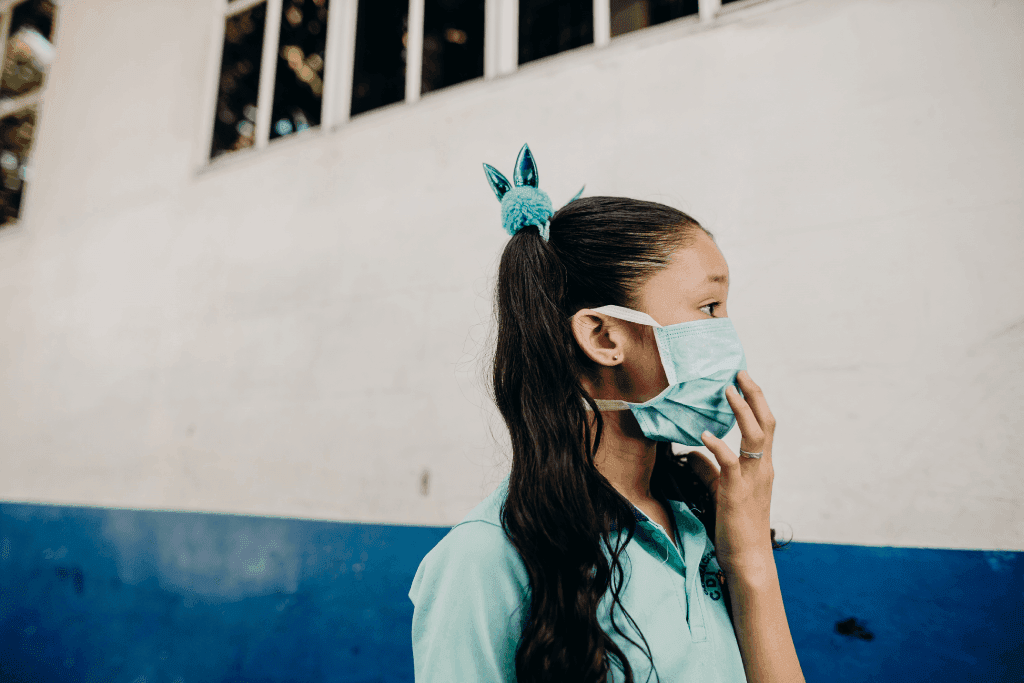
The cost of treatment is largely unaffordable for people living below the poverty line. In many nations, the absence of a public health care system, and the resulting financial burden of hospitalisation, is a massive deterrent to seeking medical care. Without disposable cash, many people living in poverty are unable to afford testing and treatment during a pandemic.
In a study of 11 countries in Africa and Southeast Asia, researchers discovered that an absence of healthcare forced many people living in poverty to rely on high-interest rate loans or handouts from moneylenders, driving them further into debt and exposing many to exploitation. The effect of a pandemic on these communities is multi-faceted. Without a safety net, a health risk can reinforce existing inequalities and hardships.
3. Income loss leaves people unable to provide for their families
It’s the world’s poorest who are more likely to work in the informal sector and hold unstable jobs with fewer rights and benefits. They are also less likely to have savings to help cover additional gaps in income.
For those reliant on a daily wage to put food on the table, national lockdowns and social-distancing measures are drying up work and incomes, leaving families with an impossible choice: stay at home or feed their children.
According to the World Food Programme (WFP), 135 million people were living with “acute hunger” at the end of 2019. But now, this number is likely to almost double to 265 million within a year.
As Arif Husain, the WFP’s chief economist warns, “COVID-19 is potentially catastrophic for millions who are already hanging by a thread. It is a hammer blow for millions more who can only eat if they earn a wage.”
For those already struggling with the consequences of other humanitarian disasters, COVID-19 adds to current hardships. Locusts swarming in their billions, spreading across Africa, the Middle East, North Africa and South Asia are decimating crops and have created what the World Bank describes as a crisis within a crisis. In countries like Kenya and Uganda the loss of these crops further destabilises food security and livelihoods, and providing any relief is made harder by COVID-19 lock-down regulations. Families and children already on the brink will be impacted most.
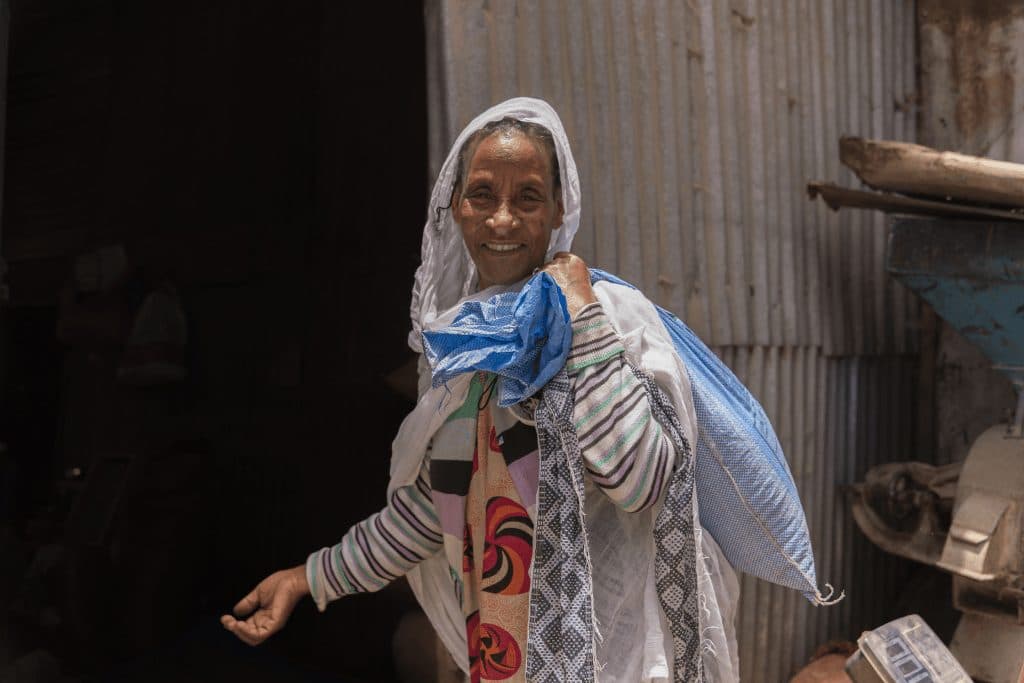
Hamelma and her family live in Ethiopia, one of the countries identified by the WFP as facing acute food insecurity. The outbreak of COVID-19 has left her increasingly worried about how she will provide for her children.
“Watching people with money buy food items in bulk made me insecure, she says. “Where would I get that kind of money to store food? This is a difficult time. Even with the money we have at hand, it is becoming difficult to buy food items as the high demand is pushing the price up.”
4. Women and children are unequally affected
People living in poverty are mercilessly impacted during a pandemic but women and children face additional vulnerabilities.
Across many rural communities, women are predominantly responsible for collecting and preparing food for their family. Often, this requires visits to street markets, where their exposure to infectious diseases is increased.
It’s also not unusual for women and children in rural communities to travel long distances to collect water from wells in neighbouring villages. Around the world, women will collectively spend around 200 million hours every day, collecting water. Most families living in poverty lack the resources to stockpile their food and essentials, requiring women and children to frequently visit markets and water wells.
A lack of income and food may also mean families look to child marriage as a way out of poverty. Studies show that girls who marry before the age of 15 are almost 50% more likely to have experienced physical or sexual violence from a partner than girls who married after 18.
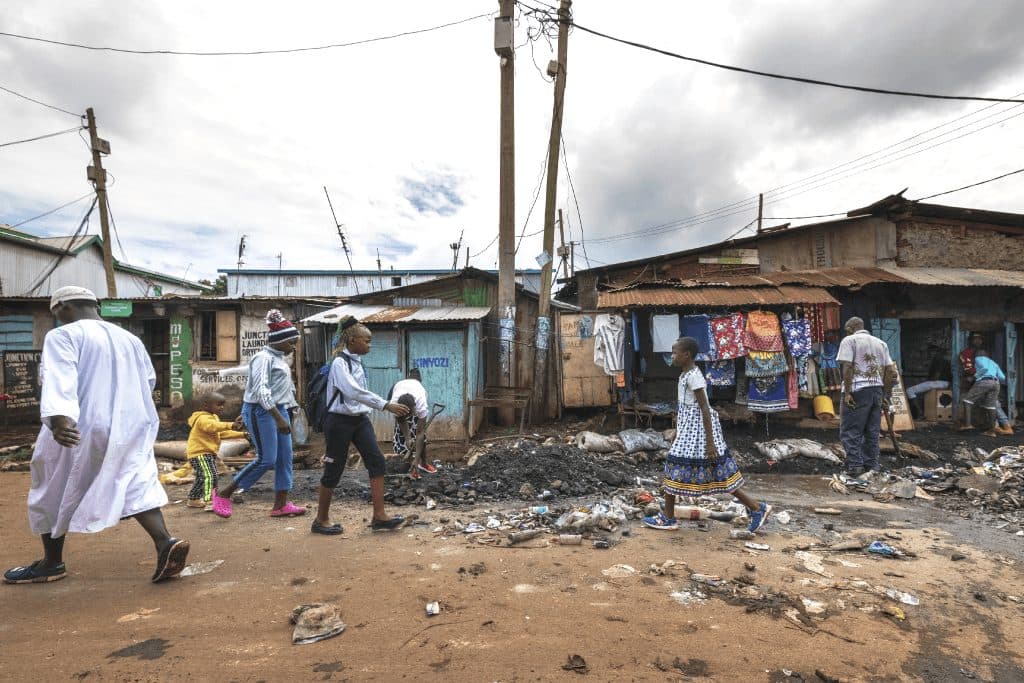
Inside the home women and girls are also at risk.
A pandemic or emergency increases the incidence of gender-based violence. Social distancing and lockdown measures may mean extended periods of time with a potentially abusive partner or family member. Women and girls are also less able to access support networks and groups.
Women also take on the role as a primary carer for children and elderly, making it difficult to practice basic social distancing measures.
5. Pandemics can perpetuate and deepen cycles of poverty
While those living in poverty are exposed to greater risks during a pandemic, a pandemic also perpetuates, and may even increase both short- and long-term poverty levels.
A recent study by the United Nations University’s World Institute for Development Economics Research has warned that half a billion people could be pushed into poverty as world economies shrink because of COVID-19. This could set poverty levels back by up to 30 years.
This poses a real challenge to the UN Sustainable Development Goal of ending poverty by 2030 because global poverty could increase for the first time since 1990.
An increase in those living below the poverty line will put further pressure on already stretched and limited resources. The impact of this will be felt long after the pandemic is over as future generations become locked into cycles of poverty.
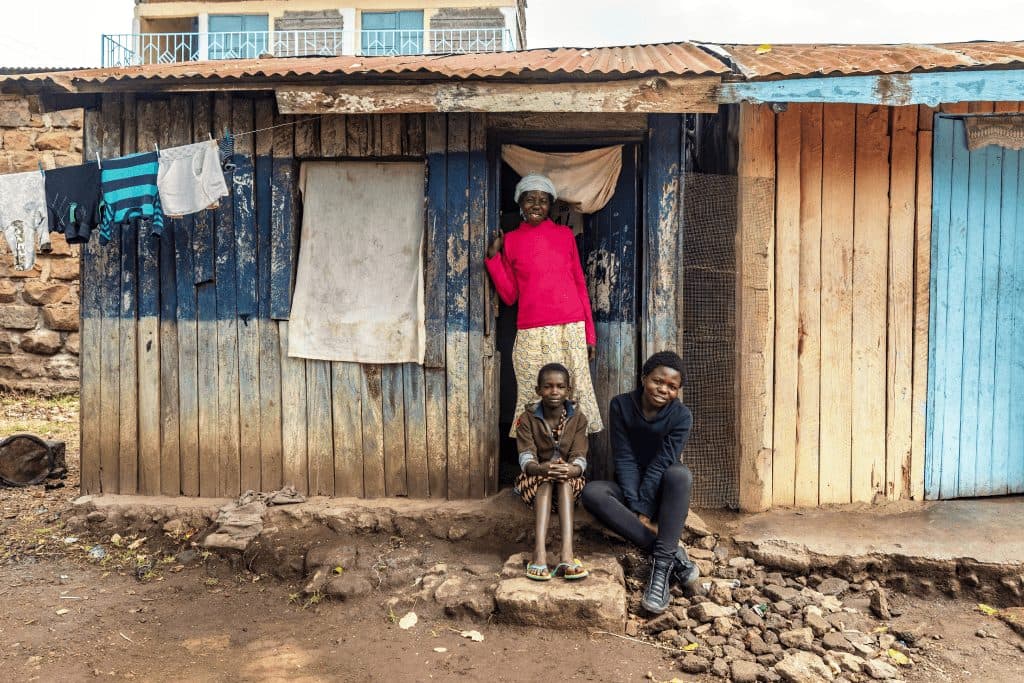
How can you help?
During a pandemic like COVID-19, those living in fragile poverty contexts are overexposed and unequally impacted by sickness and harm.
As our incredible church partners around the world continue to deliver essential care to children and their communities your support was more important than ever.
A version of this blog was originally published by our friends at Compassion Australia.
Words by
Emily Laramy
Share:
Share:
Pray with us
Join thousands of people praying to end poverty, take action through our appeals and activities, and be inspired by how God is changing lives.
Get a little Compassion in your inbox with our Prayer and Stories email.
Remember, you can unsubscribe at any time. Please see our Privacy Policy for more information.
